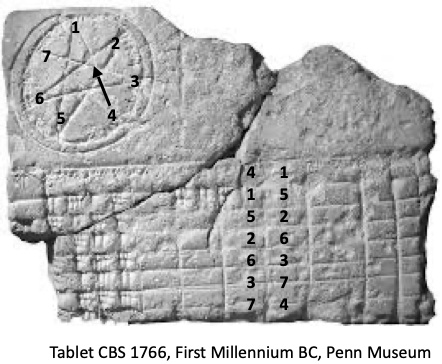Q Song?
Update 9/21/2022 — See "'Mirrors' composer rejects Richard Feelgood and Donald Trump" for confirmation by the original composer of the plagiarism documented below.
Alan Feuer and Maggie Haberman, "Trump Rally Plays Music Resembling QAnon Song, and Crowds React", NYT 9/18/2022:
Former President Donald J. Trump appeared to more fully embrace QAnon on Saturday, playing a song at a political rally in Ohio that prompted attendees to respond with a salute in reference to the cultlike conspiracy theory’s theme song.
While speaking in Youngstown in support of J.D. Vance, whom he has endorsed as Ohio’s Republican nominee for the Senate, Mr. Trump delivered a dark address about the decline of America over music that was all but identical to a song called “Wwg1wga” — an abbreviation for the QAnon slogan, “Where we go one, we go all.”
As Mr. Trump spoke, scores of people in the crowd raised fingers in the air in an apparent reference to the “1” in what they thought was the song’s title. It was the first time in the memory of some Trump aides that such a display had occurred at one of his rallies.
Aides to Mr. Trump said the song played at the rally was called “Mirrors,” and it was selected for use in a video that Mr. Trump played at the conservative meeting CPAC and posted on his social media site, Truth Social. But it sounds strikingly like the QAnon theme song.
Read the rest of this entry »
 Calendars, old and new, are based on astronomical cycles: the yearly cycle of the sun; the monthly cycle of the moon. But there is one unit of time that doesn’t adhere to any celestial rhythm: the seven-day week.
Calendars, old and new, are based on astronomical cycles: the yearly cycle of the sun; the monthly cycle of the moon. But there is one unit of time that doesn’t adhere to any celestial rhythm: the seven-day week.